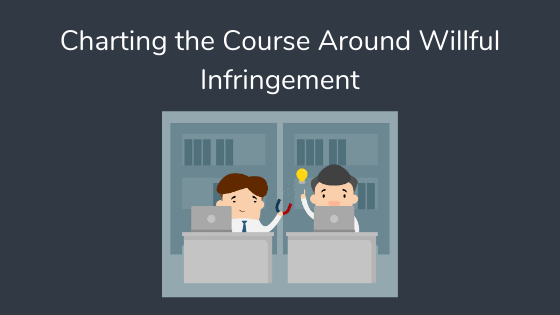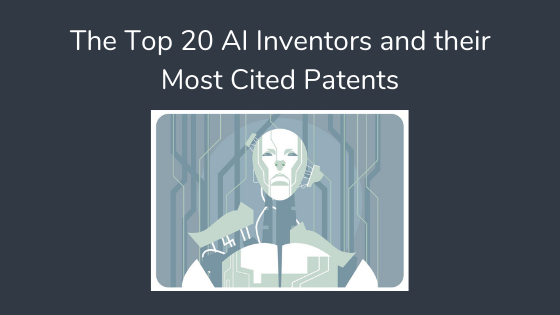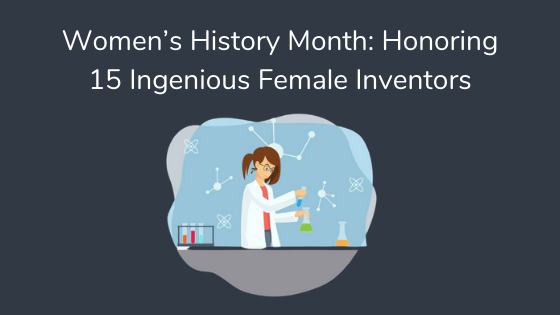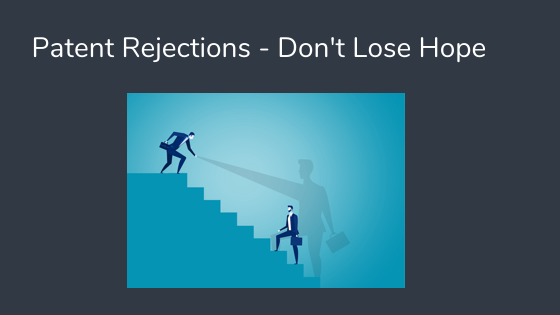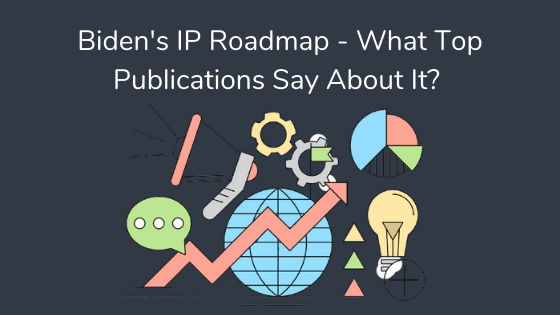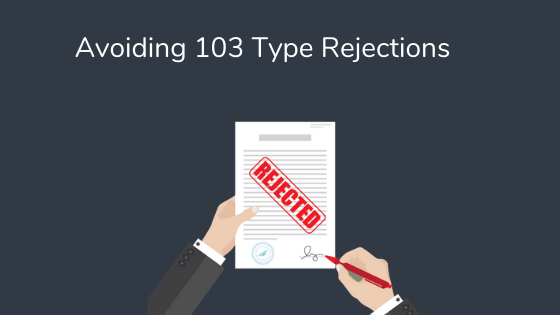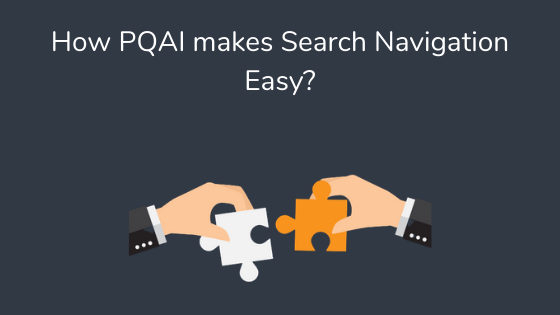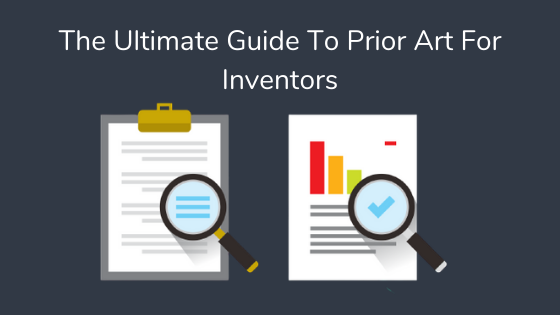
6 Open-Source IP Tools That Inventors and Patent Professionals Must Know About
The Evolution of Data Access Tools for Patents The Patent Office has many restrictions on the information it can disclose. In fact, through the 1990s, prior art searches could only

